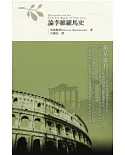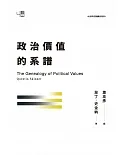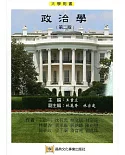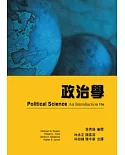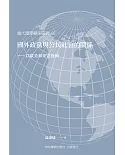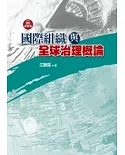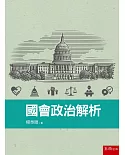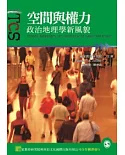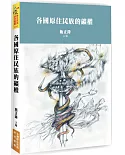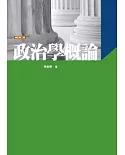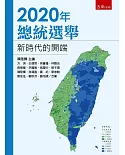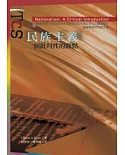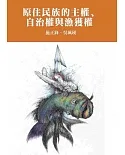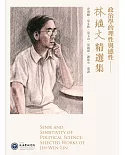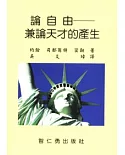1.A simple framework covers the basic concepts and theories
Essentials of International Relations uses a framework that focuses on the core concepts and theories. The contending perspectives of realism, liberalism, radicalism, and constructivism are used consistently throughout the text. And three levels of analysis—the international-system level, the state level, and the individual level—help structure the student’s understanding of world politics. With Essentials of International Relations, instructors can emphasize the events and issues they want, knowing that the students are learning the basics.
2.Pedagogy to support the framework in every chapter
In-text features reinforce the concepts students need to learn and encourage critical thinking.
.“Theory in Brief” boxes in every chapter break theory down to help students grasp it. For example, see the last page of Chapter 5 or the first several pages of Chapter 9.
.“In Focus” boxes reinforce important concepts that students will want to review.
.“Essential Debate” boxes apply the concepts and theory to controversial contemporary issues. These boxes help students see the real-world applications of what they are learning in the course and help instructors get in-class discussion going.
.Additional tables, maps, timelines, and conceptual diagrams are thoughtfully integrated throughout.
3.Expanded “Global Perspectives” boxes
In the Fifth Edition, the “Global Perspectives” boxes have been expanded to two pages each. This popular feature encourages students to consider key issues from the perspective of a specific state (other than their own). The authors have given particular attention to non-Western cases and history throughout the text.
作者簡介
Karen A. Mingst
現職:University of Kentucky
Ivan M. Arregu?n-Toft
現職:Boston University



